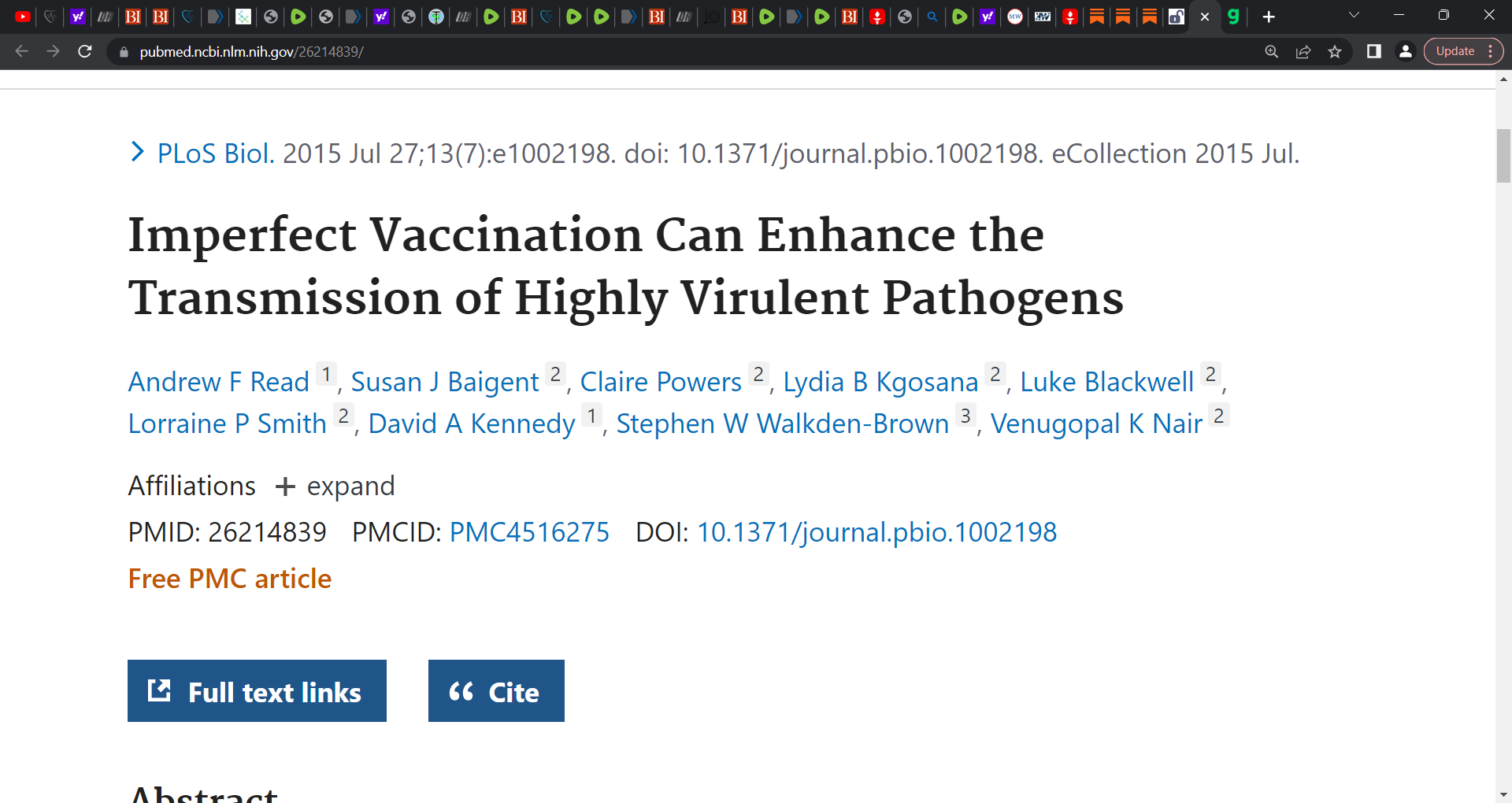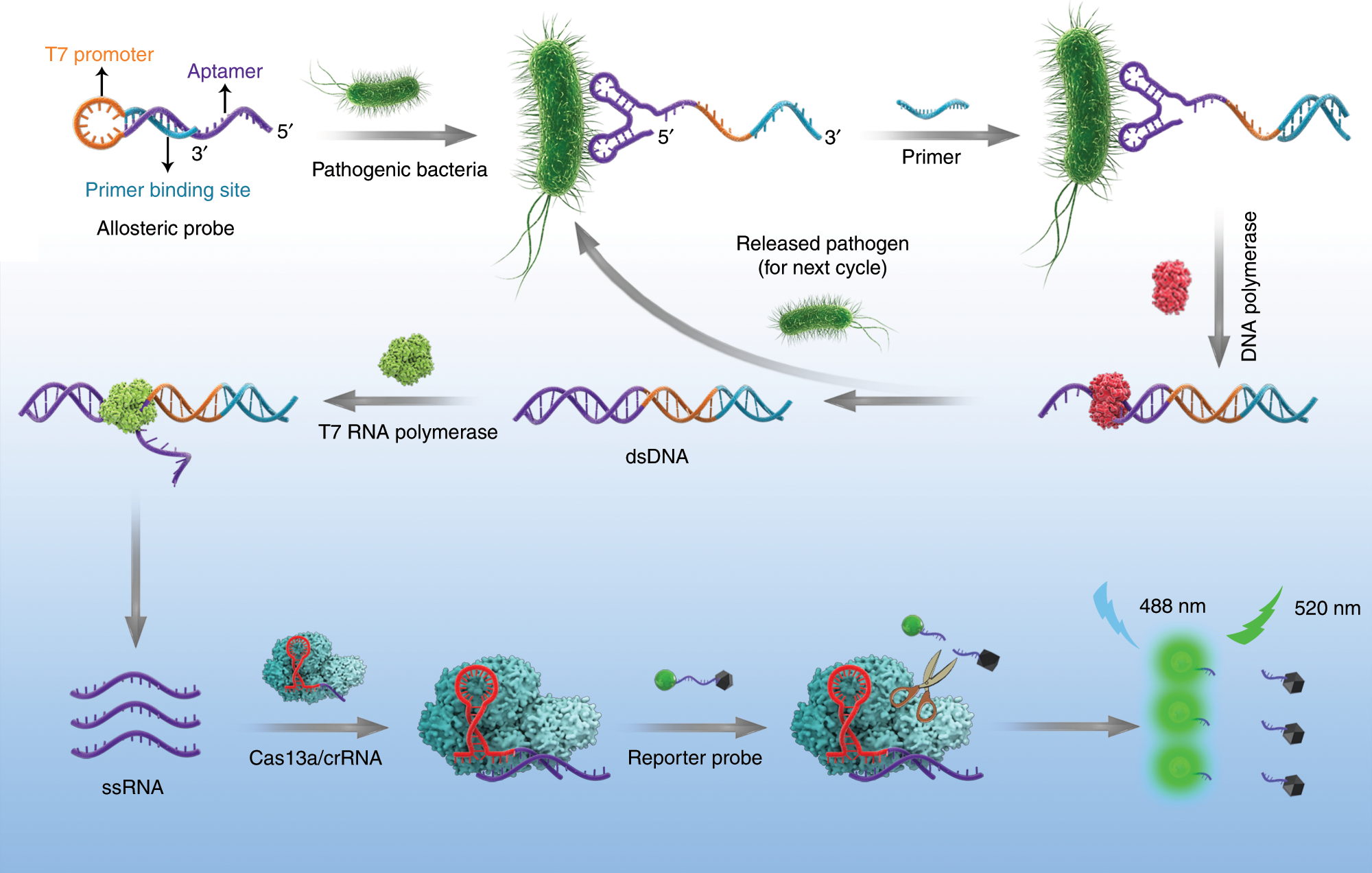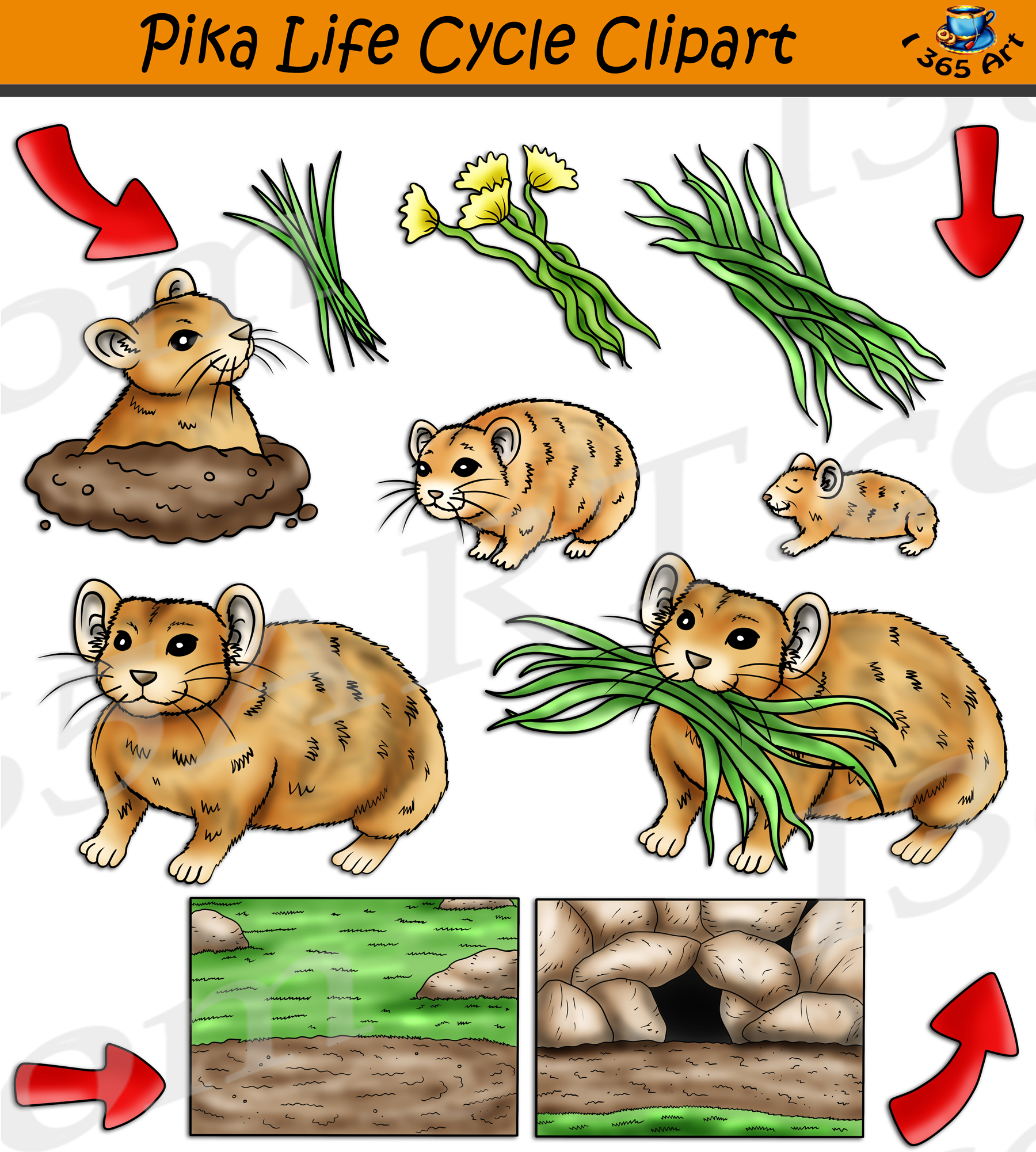Pathogens, Free Full-Text
Por um escritor misterioso
Descrição
There is increasing evidence that arthropod-borne pathogens exploit saliva of their vectors during the transmission process to vertebrate hosts. Extensive research of the composition of tick saliva and its role in blood-feeding and transmission of pathogens started in the late 1980s and led to a number of discoveries on the composition and function of salivary molecules, some of which are associated with pathogen transmission. The study by Jones et al. published in 1989 can be ranked among the pioneer works in this field as it demonstrated for the first time the role of tick salivary glands in enhancement of transmission of a tick-borne virus. Thogoto virus was used in the model and subsequently similar results were obtained for tick-borne encephalitis virus. After a relatively silent period of almost 20 years, interest in tick–arbovirus–host interactions emerged again in the 2010s. However, no particular salivary molecule(s) enhancing virus transmission has (have) been identified to date. Intensive research in this field will certainly lead to new discoveries with future implications in the control of transmission of dangerous tick-borne viruses.

Read et al. warned us 2015 using chickens (Marek's disease) that using an imperfect 'leaky' vaccine can enhance transmission of highly virulent pathogens; sub-optimal non-sterilizing non-neutralizing

A culture-free biphasic approach for sensitive and rapid detection of pathogens in dried whole-blood matrix

Pathogens and Disease

Parasites may be a hot topic at the moment, but they're not just a new trend. Nematodes are in fact the oldest living animal on the planet.…

Ecological and socioeconomic factors associated with the human burden of environmentally mediated pathogens: a global analysis - The Lancet Planetary Health

Features of pathogens. There are various types of pathogens including

PDF) Detection and characterization of zoonotic pathogens of free-ranging non-human primates from Zambia.

Sensitive detection of a bacterial pathogen using allosteric probe-initiated catalysis and CRISPR-Cas13a amplification reaction

Microbiome-pathogen interactions drive epidemiological dynamics of antibiotic resistance: A modeling study applied to nosocomial pathogen control
de
por adulto (o preço varia de acordo com o tamanho do grupo)






